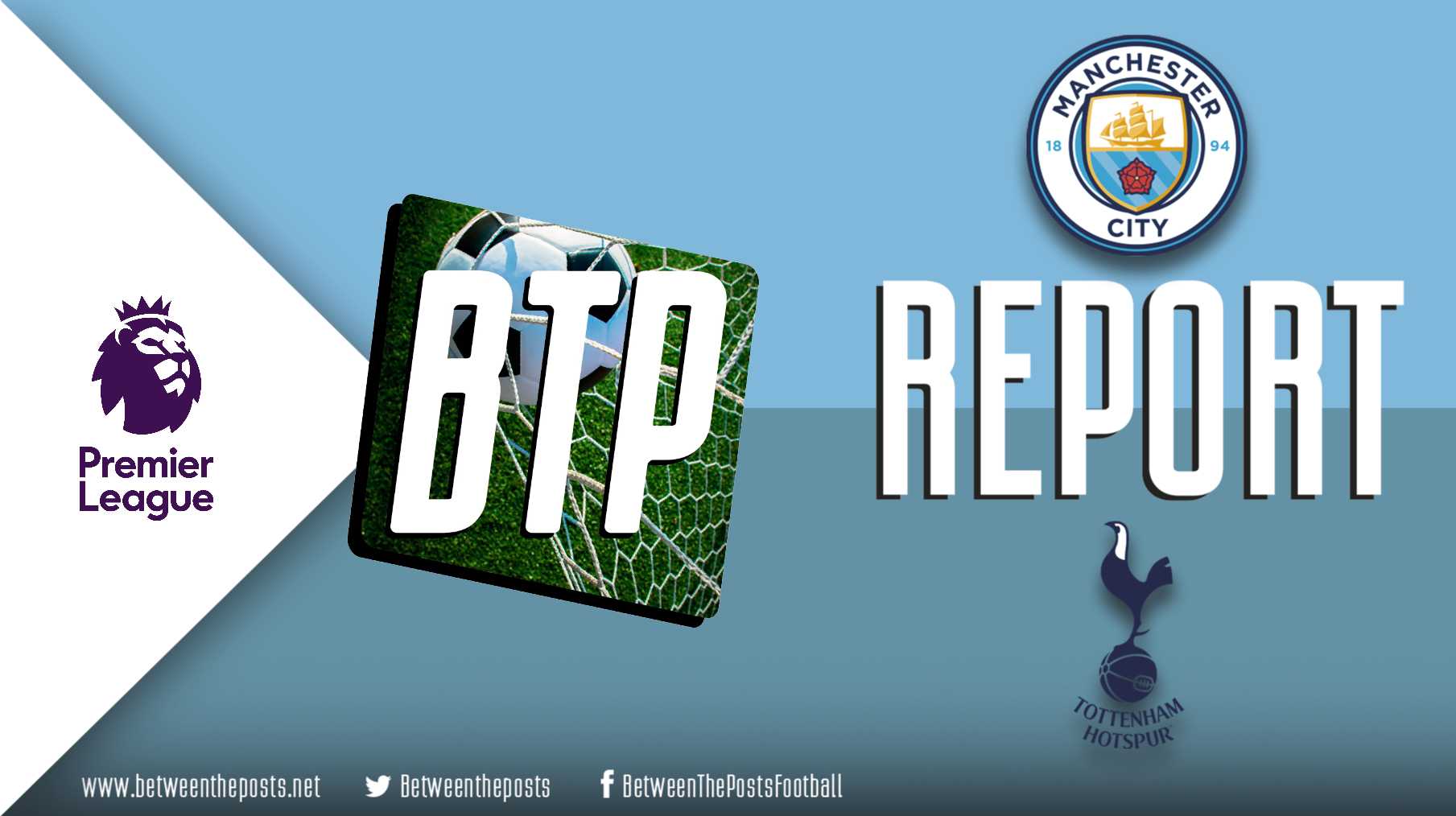The Xabi Alonso method: How Real Madrid is adapting to his ideas
Real Madrid opened their second league fixture of the season with a convincing 3–0 away win at Real Oviedo, but the scoreline tells only half the story. For seventy-five minutes, the newly promoted hosts frustrated Xabi Alonso’s side, just as Osasuna had done a few days earlier. Yet one key aspect of Alonso’s philosophy is already winning games for them: pressing and counterpressing.
Tactical analysis and match report by Sebastián Parreño.
After an incredibly successful spell with Bayer Leverkusen, Xabi Alonso joined Real Madrid with great expectations and one big looming question. Would he try to impose the same tactics that made him successful in Germany, or adapt to his new club and players instead?
During the Club World Cup, Alonso gave us a partial answer. He used a 4-3-3 formation in his first game in charge, a sign of change from his well-known 3-4-2-1 formation. But he also went back to this structure against Salzburg and Juventus. Questions lingered: what would be his preferred system going into the new season?
In the league opener against Osasuna, Madrid lined up in a 4-3-3 formation once again, but struggled to impress, relying on a Kylian Mbappé penalty to win 1–0. That game raised concerns that Alonso’s team had yet to find fluency. The trip to newly promoted Oviedo therefore provided another test . . .
Get access to this article and all other quality content of Between the Posts!
Start your two-week free trial now!
Completely ad-free exclusive articles from our expert tactics writers, plus a complete match plots page to explore.
Already a member? Log in




Comments